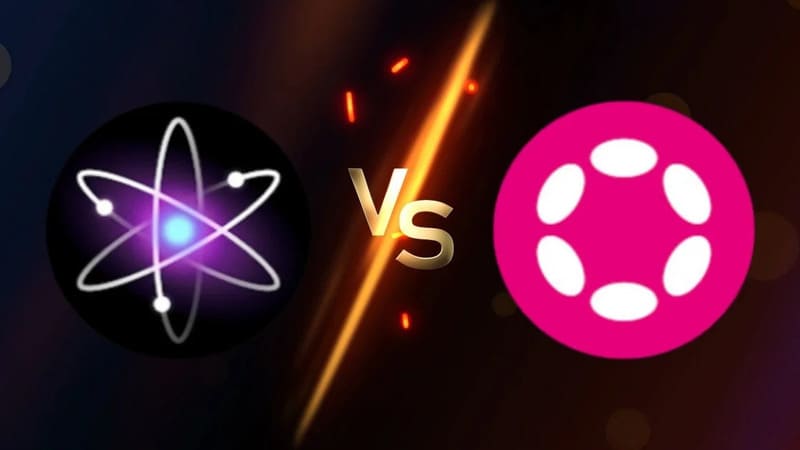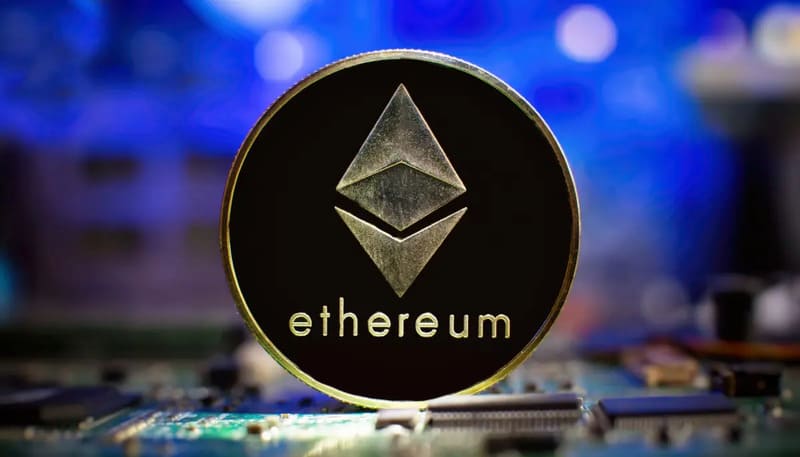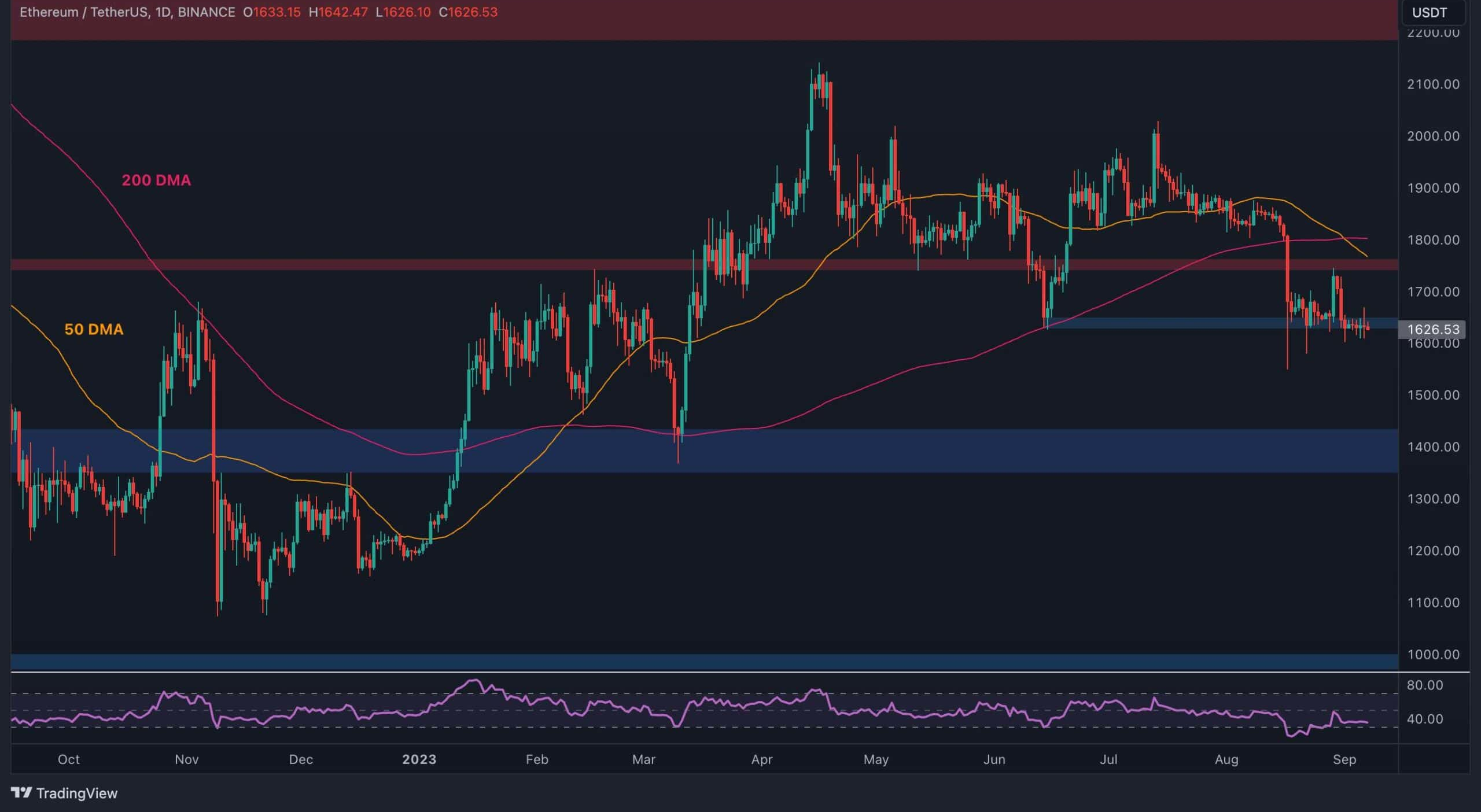
Blockchain interoperability has become one of the most important topics in the cryptocurrency and decentralized finance (DeFi) space. As blockchain networks continue to grow in number and complexity, the need for them to communicate and share information with one another becomes ever more critical. Polkadot and Cosmos are two of the leading blockchain interoperability protocols, each designed to enable communication between independent blockchain networks. While both aim to solve similar problems, they take different approaches. This post will delve into the core mechanisms of Polkadot and Cosmos, exploring how they work, their advantages, challenges, and what sets them apart in the rapidly evolving blockchain ecosystem.
What is Blockchain Interoperability?
Blockchain interoperability refers to the ability of different blockchain networks to communicate and share information seamlessly. This is important because the blockchain ecosystem is highly fragmented, with different networks serving different purposes. Interoperability allows these blockchains to transfer data and value across chains, fostering a more connected and efficient decentralized world.
Polkadot: A Multi-Chain Framework
Polkadot, created by Web3 Foundation and led by Ethereum co-founder Gavin Wood, aims to provide a scalable, secure, and decentralized platform for interoperability. The core idea behind Polkadot is its multi-chain framework, where a central relay chain coordinates the communication and consensus of various connected blockchains, known as “parachains.”
Each parachain can have its own unique features and governance while benefiting from the shared security provided by the relay chain. Polkadot uses a novel consensus mechanism called Nominated Proof of Stake (NPoS), where validators are selected to secure the network, and nominators can back validators with their stake. This ensures a high degree of security while enabling a flexible and scalable ecosystem.
Key Features of Polkadot:
- Relay Chain: The heart of Polkadot, responsible for coordinating the network, ensuring security, and enabling communication between parachains.
- Parachains: Independent blockchains that are integrated into the Polkadot network, each tailored for specific use cases.
- Shared Security: Parachains benefit from Polkadot’s robust security model, as they share the same pool of validators.
- Cross-Chain Communication: Polkadot allows parachains to communicate and transfer assets seamlessly across the network.
Cosmos: The Internet of Blockchains
Cosmos, developed by Tendermint and the Cosmos Network, also aims to solve the interoperability problem, but it takes a different approach. Cosmos is often referred to as the “Internet of Blockchains” because it provides a set of tools and protocols designed to enable easy communication between independent blockchains. The Cosmos Hub is the central blockchain that connects all other blockchains, known as “zones.”
Cosmos uses the Inter-Blockchain Communication (IBC) protocol, which enables different blockchains to transfer data and tokens without the need for intermediaries. Unlike Polkadot, which uses shared security via the relay chain, Cosmos enables each blockchain to maintain its own security model while allowing for communication and interaction with other blockchains.
Key Features of Cosmos:
- Cosmos Hub: The central blockchain that connects various independent blockchains (zones) within the Cosmos ecosystem.
- Inter-Blockchain Communication (IBC): A protocol that allows for seamless transfer of data and value between different blockchains.
- Tendermint BFT: Cosmos uses Tendermint’s Byzantine Fault Tolerant consensus algorithm, which ensures fast and secure transactions.
- Sovereign Blockchains: Each zone within Cosmos can have its own governance model, security, and consensus algorithm, providing greater flexibility and autonomy for each blockchain.
Polkadot vs Cosmos: A Comparative Analysis
While both Polkadot and Cosmos aim to solve the same fundamental problem of blockchain interoperability, they take very different approaches. Let’s explore the key differences:
| Aspect | Polkadot | Cosmos |
|---|---|---|
| Consensus Mechanism | Nominated Proof of Stake (NPoS) | Tendermint BFT |
| Security Model | Shared security via relay chain | Sovereign security for each zone |
| Governance | On-chain governance with parachain auctions | Flexible governance for each independent zone |
| Interoperability | Parachains connected via relay chain | Inter-Blockchain Communication (IBC) |
| Blockchain Architecture | Relay chain and parachains | Cosmos Hub and zones |
| Development Model | More centralized in its approach to coordination | More decentralized with greater flexibility |
Advantages and Challenges of Polkadot
Polkadot’s shared security model is one of its greatest advantages, as it provides a high level of security for parachains without requiring each chain to have its own validators. This makes it easier to launch new blockchains while ensuring that they are secure from the start. Polkadot also offers flexibility in terms of customization, allowing parachains to have their own governance and features.
However, Polkadot’s approach can be more centralized than Cosmos in some respects, as the relay chain is responsible for coordinating all parachains. This centralization could limit the autonomy of individual parachains, and the auction-based system for parachain slots may result in some chains being left out if they cannot secure a slot.
Advantages and Challenges of Cosmos
Cosmos offers greater flexibility than Polkadot, as each zone can choose its own consensus algorithm and governance model. This allows for a wider range of blockchain use cases, with each blockchain being able to adapt to its specific needs. Cosmos also provides a higher degree of decentralization, as there is no central relay chain, and each zone is responsible for its own security.
However, Cosmos lacks the shared security model that Polkadot offers. Each zone must manage its own security, which can be a challenge for smaller or newer blockchains that may not have enough validators to ensure the integrity of their network. Additionally, while the IBC protocol is a powerful tool, it still requires a certain level of standardization across different blockchains for it to work effectively.
Which Protocol is Right for You?
The decision between Polkadot and Cosmos largely depends on your needs and preferences. If you’re looking for a highly secure and scalable solution that offers a high level of coordination between chains, Polkadot may be the better choice. Its shared security model and parachain auctions offer a unique way to build and scale blockchain networks.
On the other hand, if you prioritize decentralization and flexibility, Cosmos may be more appealing. With its sovereign zones and customizable consensus mechanisms, Cosmos allows for a more diverse range of use cases and gives developers more control over their blockchain’s structure.
Emerging Trends in Blockchain Interoperability
The race for blockchain interoperability is far from over. Both Polkadot and Cosmos are continuing to evolve and adapt to the growing demand for interconnected blockchain ecosystems. As decentralized finance (DeFi), non-fungible tokens (NFTs), and other blockchain applications continue to gain traction, the need for seamless cross-chain communication will only increase.
New protocols and projects are emerging, and existing ones are refining their solutions to make interoperability more efficient and secure. As this field develops, we can expect even more innovative approaches to cross-chain communication and integration.
Polkadot and Cosmos are two of the most important projects driving the future of blockchain interoperability. While both have unique features and advantages, they also face challenges in achieving widespread adoption. Polkadot’s shared security model and parachain system offer a powerful solution for building scalable blockchain networks, while Cosmos provides a more flexible and decentralized approach with its sovereign zones. As blockchain ecosystems continue to grow and become more interconnected, both protocols will likely play a critical role in shaping the future of decentralized technologies.



